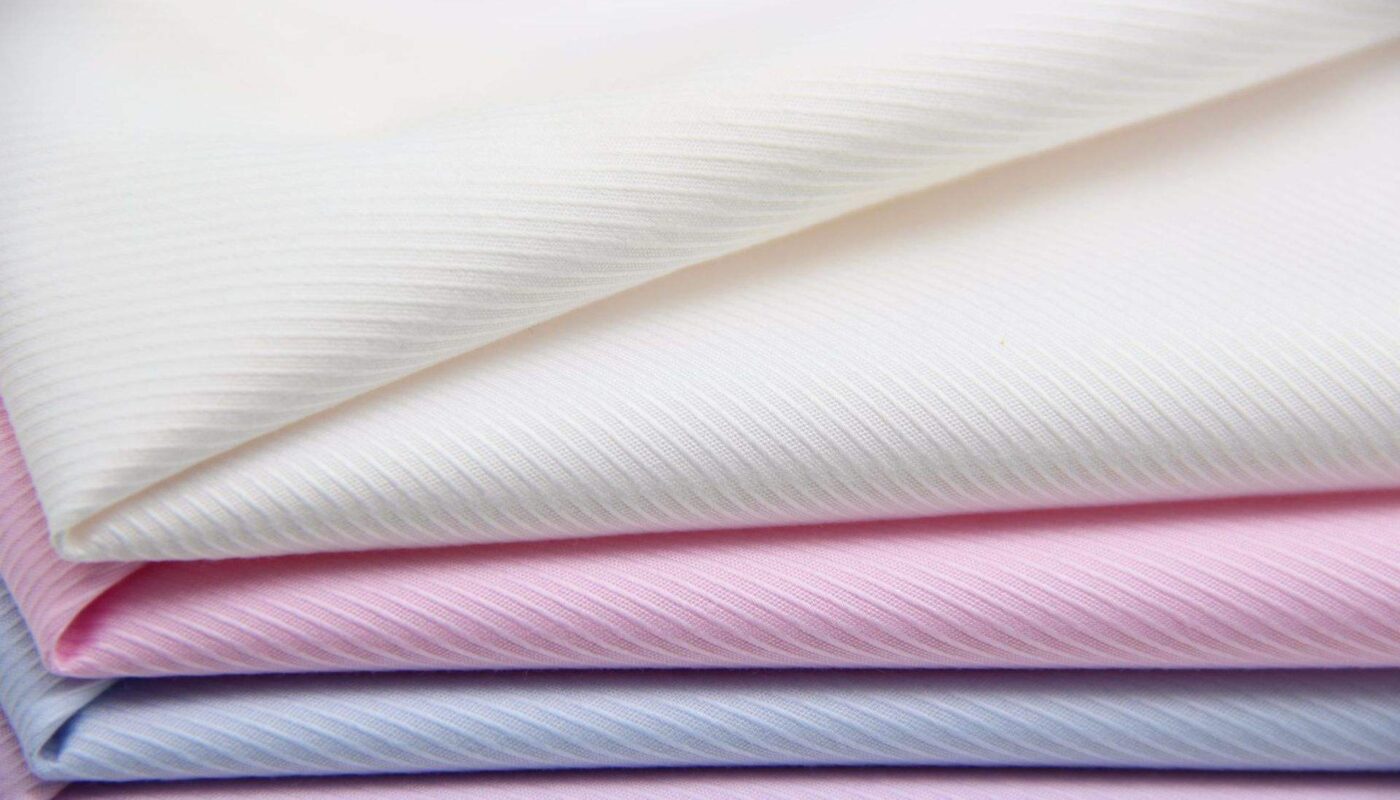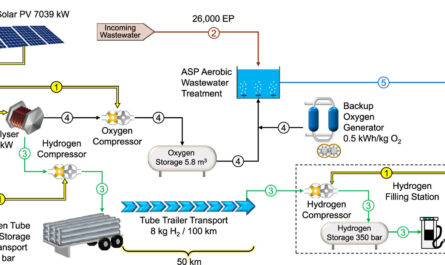The textile industry faces a significant challenge in recycling polyester and cotton blended fabrics, with only 15% of polyester being recycled while the rest ends up in landfills or incinerated, resulting in increased carbon emissions. Separating the plastic and cotton fibers is a complex and costly process that often leads to a loss of cotton fibers. However, a group of young chemists from the University of Copenhagen has discovered a simple and environmentally friendly solution using readily available household ingredients.
Polyester, which is a blend of plastic and cotton, is the second most used textile worldwide, with an annual production of 60 million tons. However, the environmental impact of polyester production is substantial. The young chemists’ breakthrough method aims to revolutionize the sustainability of the textile industry by addressing the challenge of recycling polyester and cotton blends.
The technique involves depolymerizing polyester into its monomers while simultaneously recovering cotton. The process is straightforward and environmentally friendly, using everyday household items and heat. The chemists cut the polyester fabric into small pieces and place them in a container with a mild solvent. They then add hartshorn salt, which is commonly known as a leavening agent in baked goods. The mixture is heated to 160 degrees Celsius and left for 24 hours. The result is a liquid where the plastic and cotton fibers separate into distinct layers.
The key to the method is the breakdown of hartshorn salt into ammonia, CO2, and water. The combination of ammonia and CO2 acts as a catalyst, triggering a selective depolymerization reaction that breaks down the polyester while preserving the cotton fibers. The process is safe to use due to the mild nature of the chemicals involved, and the cotton fibers remain intact. The researchers were pleasantly surprised by the success of their simple recipe, as it worked not only on PET bottles but also on polyester fabric.
While the method has only been tested at the laboratory level, the researchers believe it can be scaled up for industrial use. They are currently in contact with companies to test the method on a larger scale. The researchers hope to commercialize this technology and make a significant impact on the textile industry’s sustainability.
The new recycling method also offers potential for recycling PET plastic waste. When PET plastic waste is combined with hartshorn salt, the process still yields high-quality cotton and plastic monomer, even if the plastic waste is dirty or contains residues.
This breakthrough discovery has the potential to solve a serious environmental problem by increasing the recycling rate of polyester and cotton blended fabrics. With further development and implementation on an industrial scale, this method could revolutionize the textile industry’s approach to sustainability and reduce its impact on the environment.
*Note:
1. Source: Coherent Market Insights, Public sources, Desk research
2. We have leveraged AI tools to mine information and compile it




